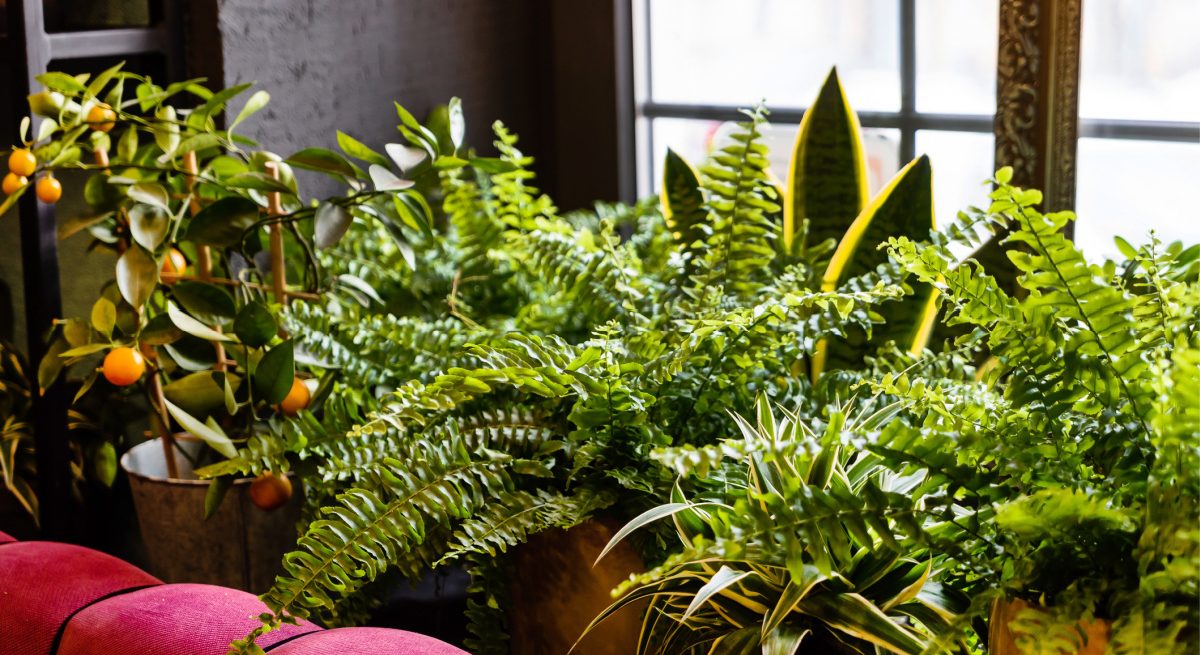What Is Biophilic Design and Why Is It Trending for 2022?
3 Min Read
Biophilic design is shaping up to be a major trend for 2022. Of course, trends come and go, so we can often be sceptical when it comes to implementing design trends – is it worth investing in?
Well, this particular style dates back as far as 1984, when the concept was introduced by E.O. Wilson through his book Biophilia. And it has many benefits for well-being, through simple additions of nature. But what really is biophilic design? It’s simpler than you think – here, we explore the concept and how to incorporate it into your hospitality space.
Defining Biophilic Design
Generally, this style of design highlights the human connection between nature and the environment. Meeting the requirements to class your design as biophilic includes the implementation of natural materials, like plants and wood. It’s as simple as focusing on the natural world to enhance your space.
It’s predicted that 66% of the world’s population will live in an urban environment by 2050, and already people spend 93% of their time indoors, away from nature – and we know that keeping in touch with nature impacts our physical and mental well-being. So, there is a need to meet somewhere in the middle, which is feasible with biophilic design.
The Benefits – Besides the Aesthetic
Air quality is one of the many benefits of biophilic design. With your designated space consisting of plants, they will use carbon dioxide to produce oxygen, as well as when the leaves essentially ‘sweat’ out water, which combats the problem of dry air by making it more humid. And not only is this an advantage, but biophilic design also helps tackle the issue of dry air.
Biophilic design can also act as a stress-reliever. Research has reflected that interacting with plants, like touching or even smelling, can reduce physiological and psychological stress. And soil contains microbes, informally referred to as ‘outdoorphins’, which are natural antidepressants and aid the production of serotonin.
Incorporating Biophilic Design into Your Space
Both direct and indirect experiences can be possible through the implementation of biophilic design. For a direct experience, plants can be a simple but effective addition. Not only are they a decorative touch, but they can actually allow us to feel happier. And water plays an important part in this design too, so something else to add could be an indoor river. The trickling sound is tranquil enough to relax you in times of need.
Direct experiences can be added to your outdoor space too by adding more greenery. And you can always add outdoor heaters to ensure that you are absorbing the biophilic design benefits all year round.
Indirect experiences can be integrated into your biophilic area if direct elements are not desired or if you have filled your space up to the maximum with plants. Smells are a perfect way to add this style to your space indirectly, perhaps candles of a natural woody scent. Alternatively, opt for an earth-tone colour scheme to implement a biophilic design into your space subtly.
The chosen design for your space can often be a big commitment. But, with biophilic design, it only takes some simple additions to brighten up your space while also giving a sense of wellbeing – and it doesn’t require many drastic changes.
Sources
https://www.planteriagroup.com/blog/the-benefits-of-biophilic-design-in-the-workplace
https://ergonomics.co.uk/blogs/news/biophilia-and-the-impact-of-plants-in-the-workplace
https://metropolismag.com/projects/what-is-and-is-not-biophilic-design/
https://www.bdcnetwork.com/blog/biophilic-design-what-it-why-it-matters-and-how-do-we-use-it
https://www.habitarmonia.com/the-guide-to-biophilic-design-water

